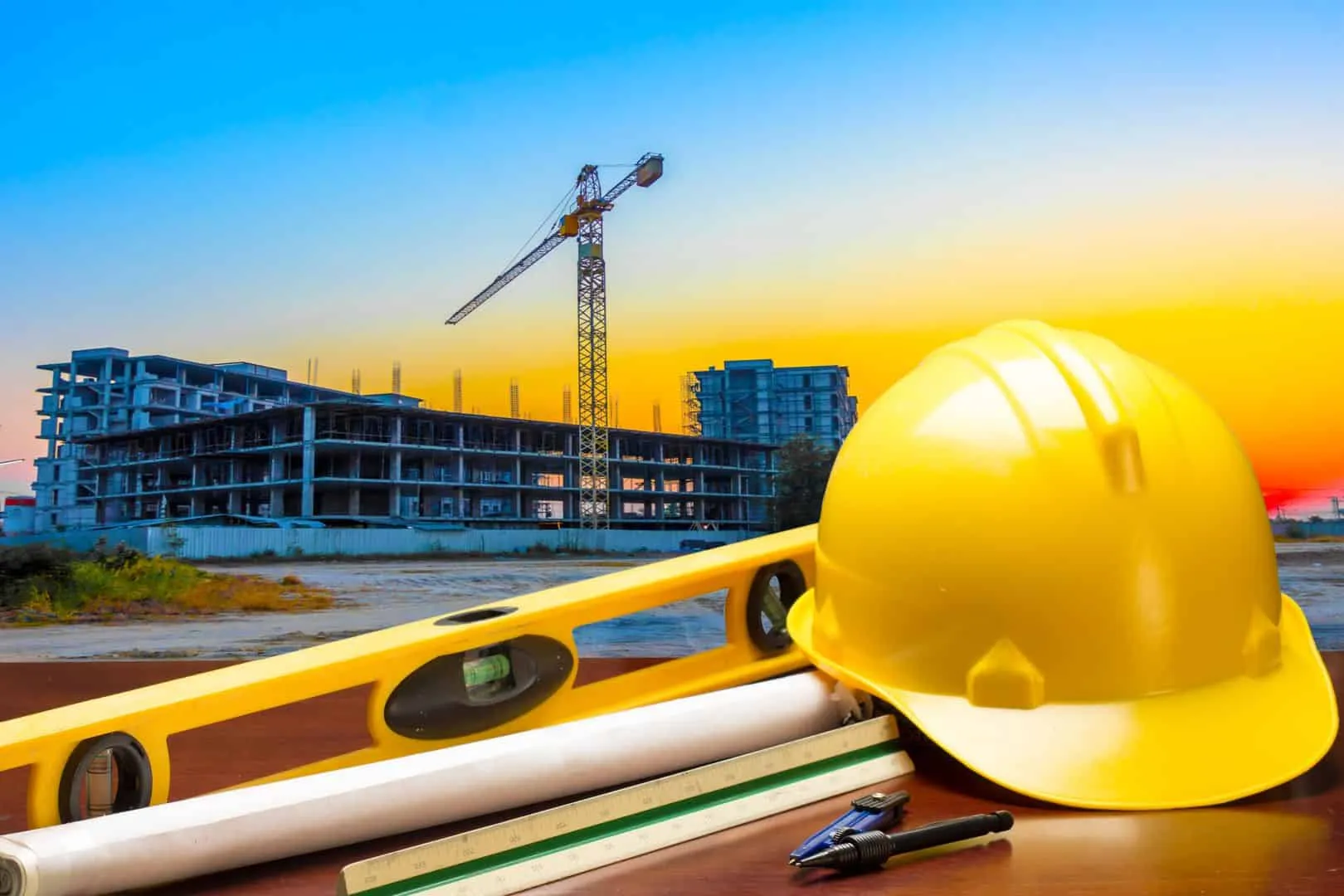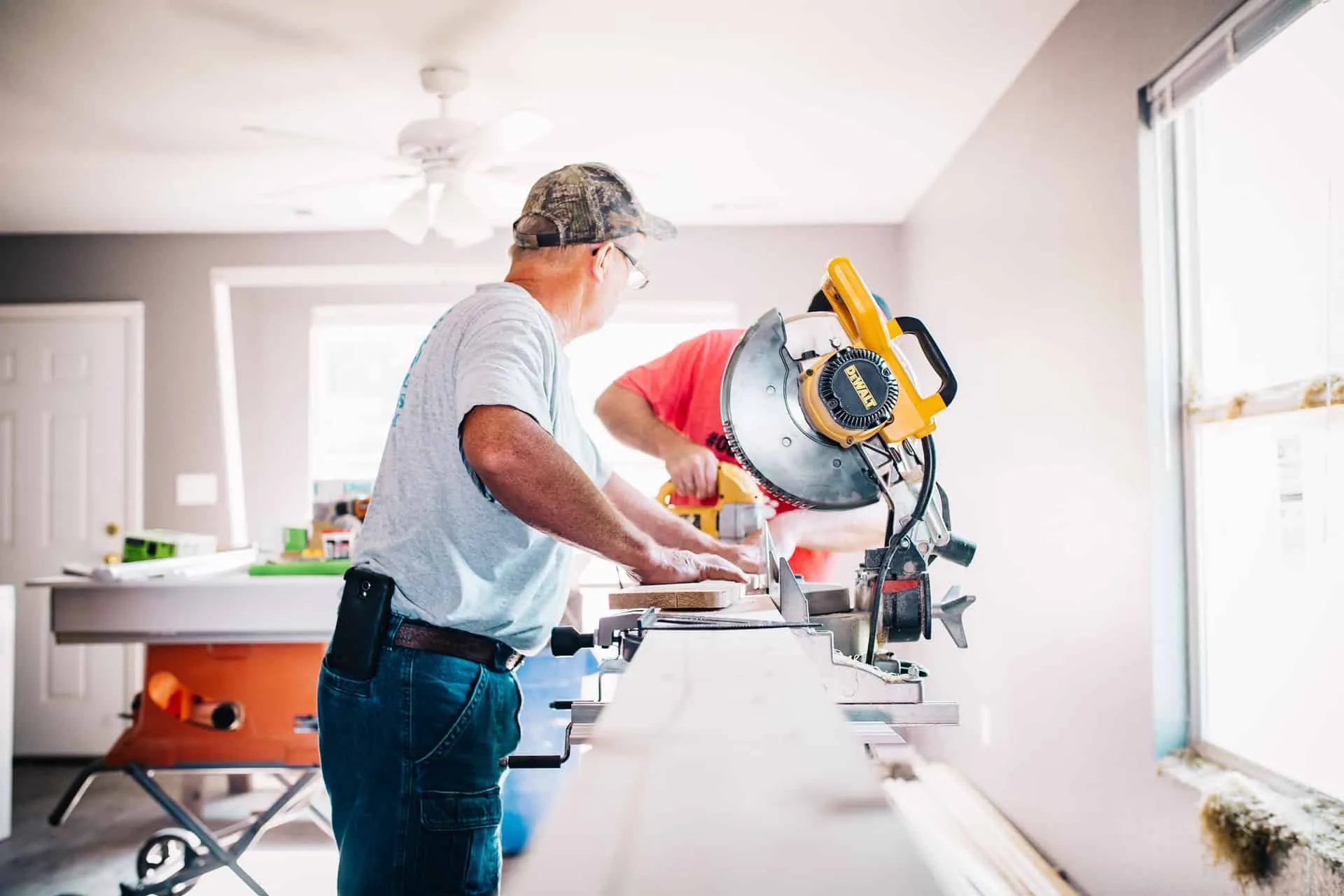There can be your advertisement
300x150
7 Types of Equipment Used in Civil Construction
Civil construction ensures the functioning of society by creating roads, airports, tunnels and railways. If you have observed a civil construction site, you will probably see a huge number of machines and tools used to perform work – many of which you did not even know existed!
If you are interested in more information about the various types of equipment that civil construction relies on, read on. Below you will find some of the most commonly used tools and machines, as well as reasons for their importance.
Civil construction ensures the functioning of society by creating roads, airports, tunnels and railways. If you have observed a civil construction site, you will probably see a huge number of machines and tools used to perform work – many of which you did not even know existed!

If you are interested in more information about the various types of equipment that civil construction relies on, read on. Below you will find some of the most commonly used tools and machines, as well as reasons for their importance.
7 Types of Equipment Used in Civil Construction
1. Loaders
This machine is key to civil construction for several reasons. One of them is the ability to easily move items from one place to another. Workers often encounter large and heavy items, such as logs, which they cannot move by hand. However, with a loader this process can be completed faster and more safely.
Since the size and weight of items may vary, many loader operators rely on pallet forks. Sliding these forks along two built-in forks creates more space for placing items. Steel overhead elements also provide weight balance and prevent cab damage on the loader.
Additionally, loaders are eco-friendly and run on batteries, making them an excellent choice for sustainable civil construction. This feature prevents excessive emissions that could be overly strong in already crowded work environments.
2. Excavators
Another machine you will likely find on civil construction sites is the excavator. This large device is equipped with a long boom and bucket, which the operator controls to load and transport items such as soil or gravel.
Excavators come in various forms. Among them:
- Track-type (traditional excavator that moves soil and digs terrain)
- Wheel-type (equipped with four large tires, allowing safe movement over uneven surfaces)
- Hydraulic (equipped with a hydraulic lever that rotates)
- Cabin-mounted (compact version with 360° rotating cabin)
- Drawn (used for labor-intensive works such as surface mining)
3. Cranes
Cranes help workers lift items to significant heights using ropes and pulleys. They can raise items then lower them, helping the construction process proceed without delays.
There are two types of cranes that civil construction sites rely on – static and mobile. Static cranes (also known as tower cranes) are anchored to the ground, since they are typically larger and require great stability. Mobile cranes are those that move around. Usually mounted on trucks, they function as independent machinery. Since they are not fixed in one spot, workers can adjust the crane's position as needed.
4. Elevators
These devices are probably one of the most recognizable tools on a civil construction site, but still not fully understood.
Elevators have a lift-like structure that rises vertically along the building. A closed cabin is mounted on the side which can move up and down with the elevator. This allows workers and materials to be lifted to great heights, then lowered.
5. Vibratory Platforms
Using a large steel platform, this machine creates powerful vibrations designed to compact soil. This maintains evenness and reliability of the ground since there will be no hidden air bubbles underneath. This machine is ideal not only for leveling asphalt but also for compacting slopes and trenches.
Three types of vibratory platforms may be used on a civil construction site:
- Single-sided (good for simple asphalt work)
- Reverse (move back and forth to create a dense layer)
- Heavy-duty (strong reverse model used for deep compaction)
These machines are often slowly moved across the work surface by an operator. Depending on the project, the device may take several minutes to complete the job. Usually a vibratory platform needs to be moved across the surface about four times for optimal results.
6. Trench Machines
As the name suggests, a trench machine is designed to create trenches where pipes and wires are later installed. This machine can operate from a person who follows it for control, or be attached to another vehicle (such as a truck) and move across the ground.
7. Drainage Pumps
This tool removes water from the construction site. Mounted on a small wheeled frame, drainage pumps have various capacities so they can be used for both small and large projects.
In addition, you will find this product with various features. Two of the most commonly used are filter pumps and settling pumps. A filter pump helps clean water from small particles. A settling pump works to hold solid substances.
Civil construction relies on many types of equipment to ensure work is done correctly. While the machines listed above make up only a portion of what's needed, they are among the most important in this field.
More articles:
 6 Things to Consider When Choosing Commercial Property Insurance
6 Things to Consider When Choosing Commercial Property Insurance 6 Things You Need If You Want to Make Your Own Furniture
6 Things You Need If You Want to Make Your Own Furniture 6 Tips for Safe Waste Disposal After Cleaning
6 Tips for Safe Waste Disposal After Cleaning 6 Tips for Creating a Functional Office
6 Tips for Creating a Functional Office 6 Tips for Creating and Maintaining Abundance in Your Home Garden
6 Tips for Creating and Maintaining Abundance in Your Home Garden 6 Tips for Creating a Cozy Outdoor Space
6 Tips for Creating a Cozy Outdoor Space 6 Tips for Improving Interior Design
6 Tips for Improving Interior Design 6 Tips to Remember When Renovating Your Home
6 Tips to Remember When Renovating Your Home